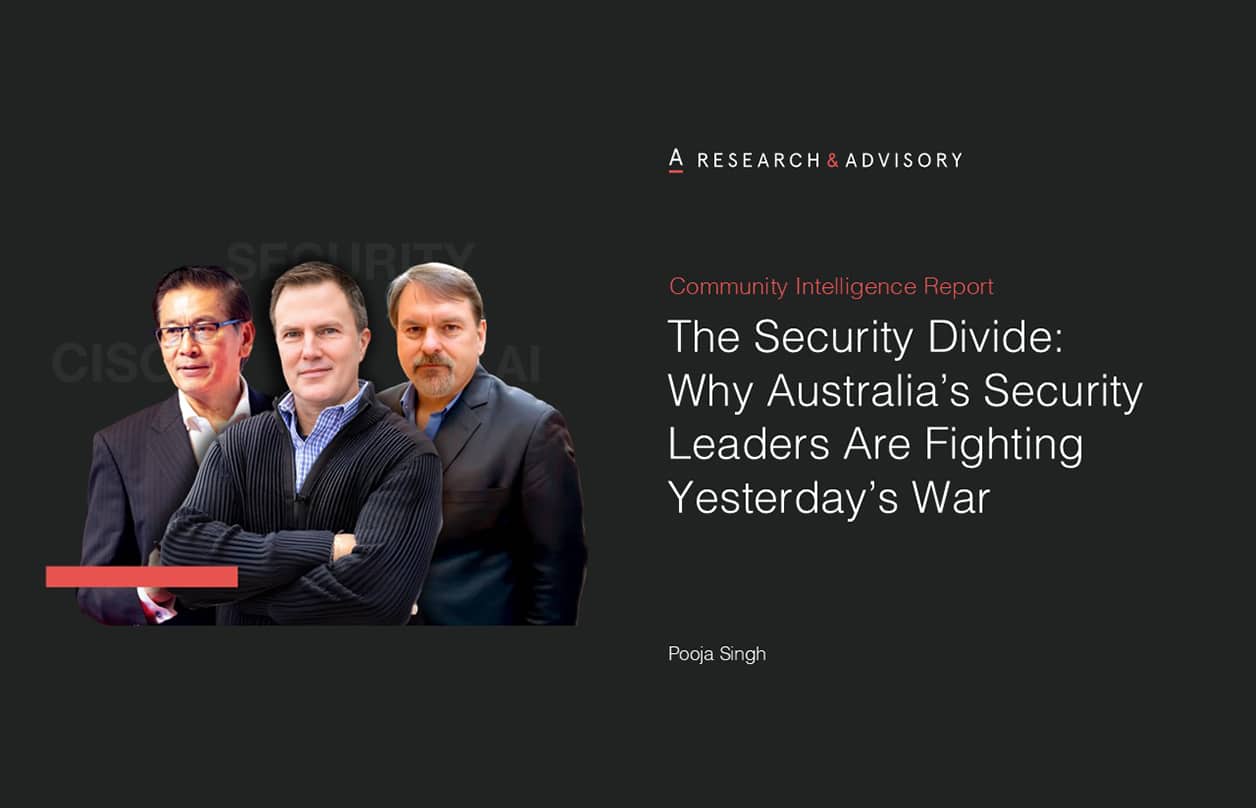
Executive summary
Australia’s Chief Information Security Officers are presiding over a dangerous illusion. Boardrooms applaud compliance dashboards and earmark budgets for AI pilots, yet the foundational controls that determine resilience remain incomplete. Multi-factor authentication—among the most basic safeguards—is still not universal. Patching cycles, which should be embedded as routine, continue to drag out over months. And across critical infrastructure, Essential Eight maturity lingers at levels that would have been considered insufficient a decade ago.
This isn’t hyperbole. It’s a stark reality revealed by ADAPT’s Security Edge Survey of more than 120 CISOs—executives responsible for protecting assets worth trillions of dollars and infrastructure serving 26 million Australians. Security incidents are climbing 30-40% year-over-year, even as the average security budget reaches $75 million.
However, that figure masks a telling disparity. While the average budget is $75 million, the median is just $10 million—exposing a two-tier system where a small number of organisations operate with very large budgets, while the majority manage with considerably less.
Before we examine the data, we anchor this report in three practitioner perspectives that span national security, regulated finance, and large-scale enterprise change. William MacMillan—former CIA CISO and now Chief Product Officer at Andesite—brings a hard-edged view of baseline controls and regulatory momentum. David Gee, who built programs across NAB and Macquarie and advises Australia’s critical infrastructure sectors, exposes the execution and resourcing realities behind most board dashboards. Archie Reed, a veteran security executive and advisor, focuses on the cultural and communication shift required for CISOs to turn technical work into enterprise risk outcomes.



